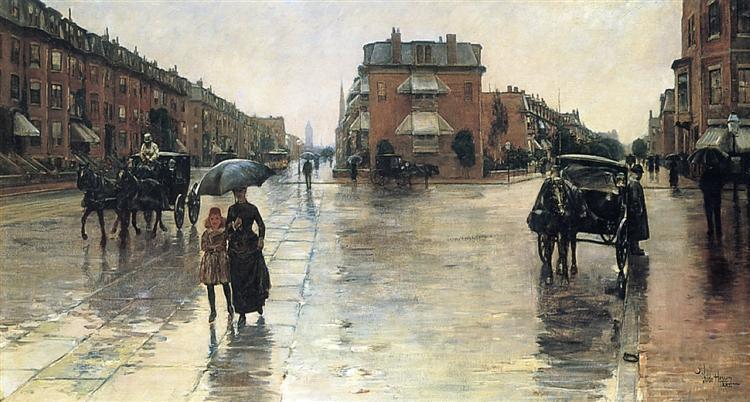When a storm rages outside, hammering and beating against the windows, many of us curl up and hide away, ignoring the storm. And yet, J.R.R. Tolkien says in “The Fellowship of the Ring”: “The wide world is all about you: You can fence yourselves in, but you cannot for ever fence it out.” We must not hide from the world’s storms, but stride out with faith.
In his short story “Night-Sketches: Beneath an Umbrella,” Nathaniel Hawthorne paints one picture of the world as a cold, windy, and gloomy winter rainstorm. He shows that a walk in the rain can show us what we need in order to face the storm.






